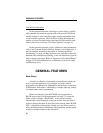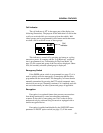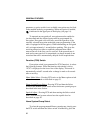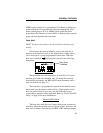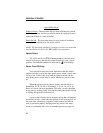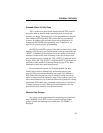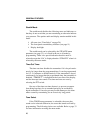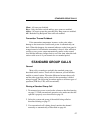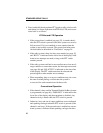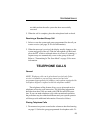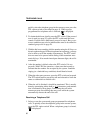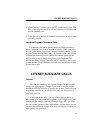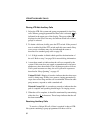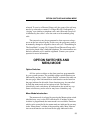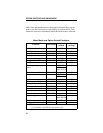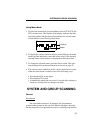
STANDARD GROUP CALLS
28
4. Press (and hold) the microphone PTT (push-to-talk) switch to talk
and release it to listen. Operation with LTR-Net, LTR, and conven-
tional calls is as follows:
LTR-Net and LTR Operation
• If the proceed tone is enabled (see page 25), it sounds shortly
after the PTT switch is pressed if the radio system was success-
fully accessed. If it is not enabled, no tone sounds when the
system is successfully accessed. The proceed and other tones
can be disabled as described in “Tone Select” on page 26.
• If the radio system is busy, the busy tone sounds (see page 47)
and “BUSY” is indicated on the lower line of the display. Addi-
tional access attempts are made as long as the PTT switch
remains pressed.
• If the radio system could not be accessed because of an out-of-
range condition or some other reason, the intercept tone sounds
(see page 48) and “NO ACCES” is indicated on the lower line
of the display. The PTT switch must then be released and
pressed again to make another access attempt.
• When responding, busy or no access conditions may also occur
the same as when placing a call because the system is
re-accessed for each transmission with these calls.
Conventional Operation
• If the channel is busy and the Transmit Disable On Busy feature
is programmed (see page 46), “DSBL BSY” is indicated on the
lower line of the display and the transmitter is disabled. Any
channel activity is heard while the PTT switch is pressed.
• Otherwise, busy and out-of-range conditions are not indicated
and speaking can begin when the PTT switch is pressed (if the
channel is not busy). If the proceed tone is enabled on conven-
tional systems, it indicates when speaking can begin but does



